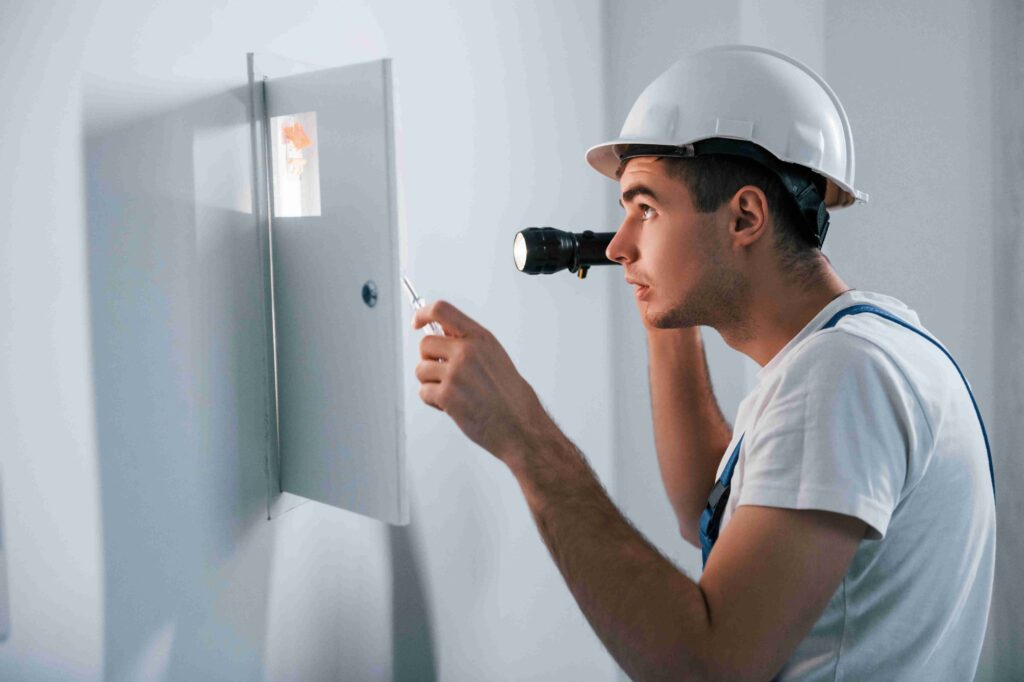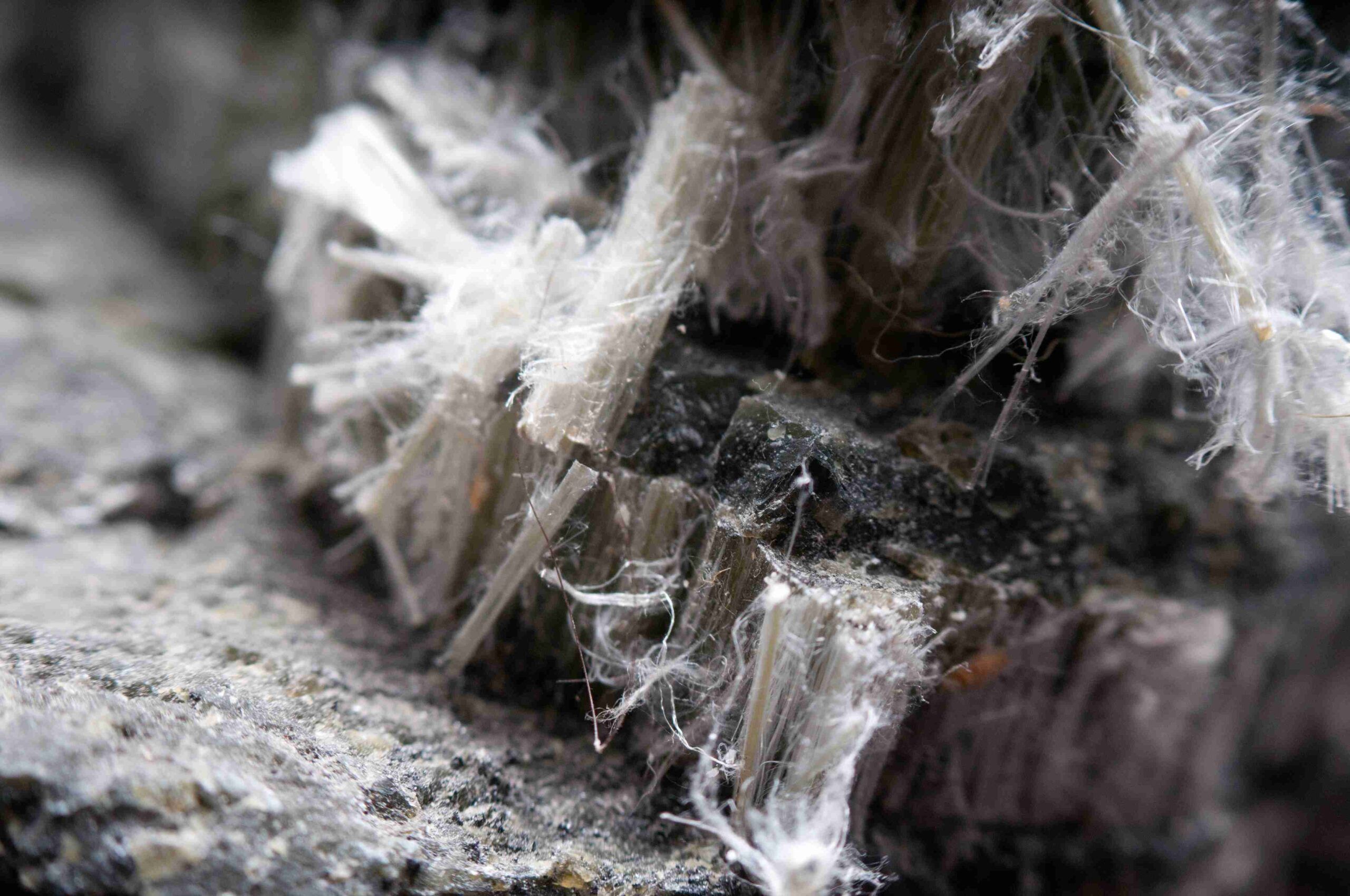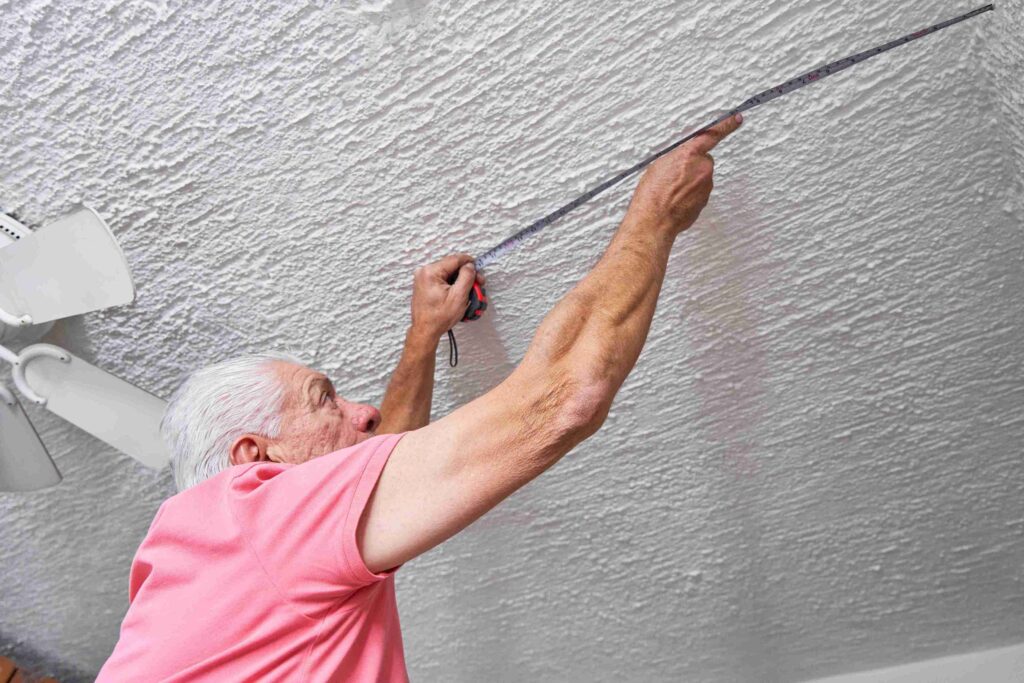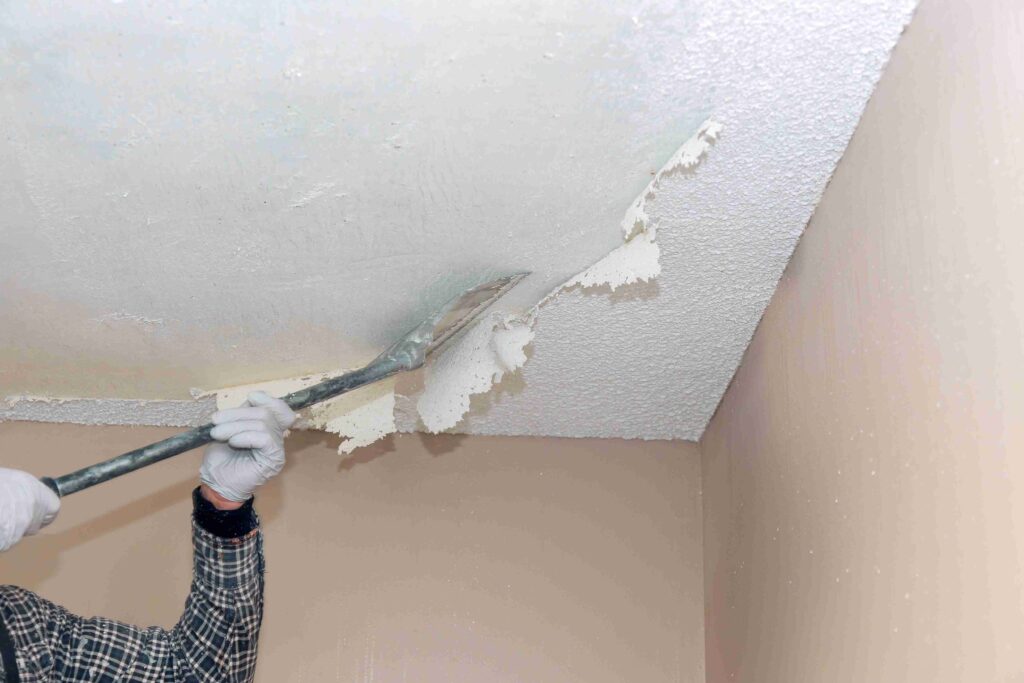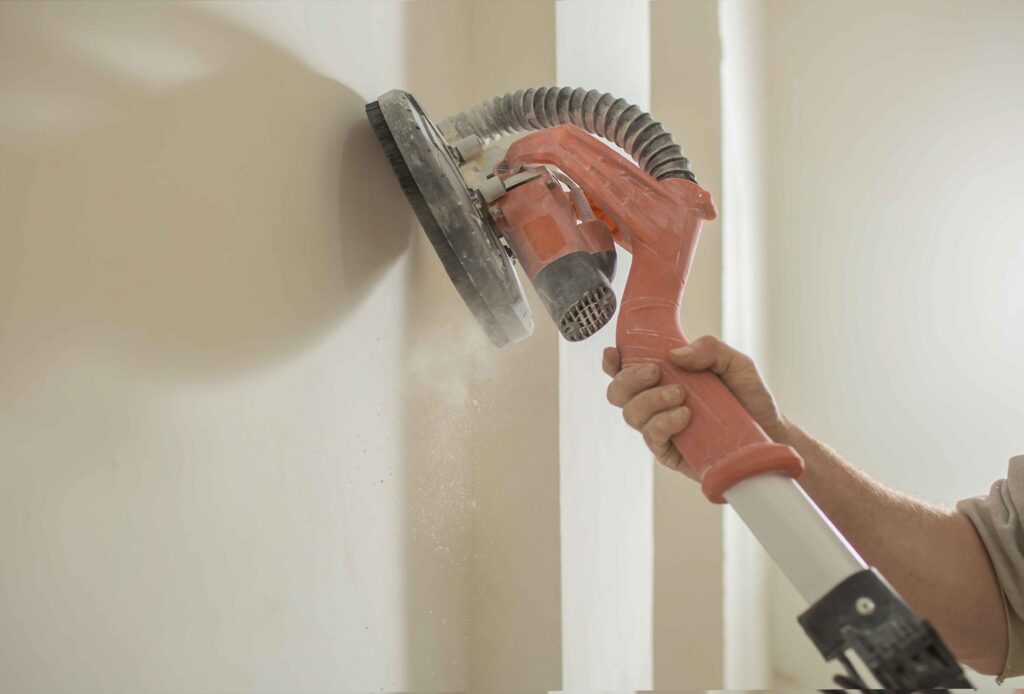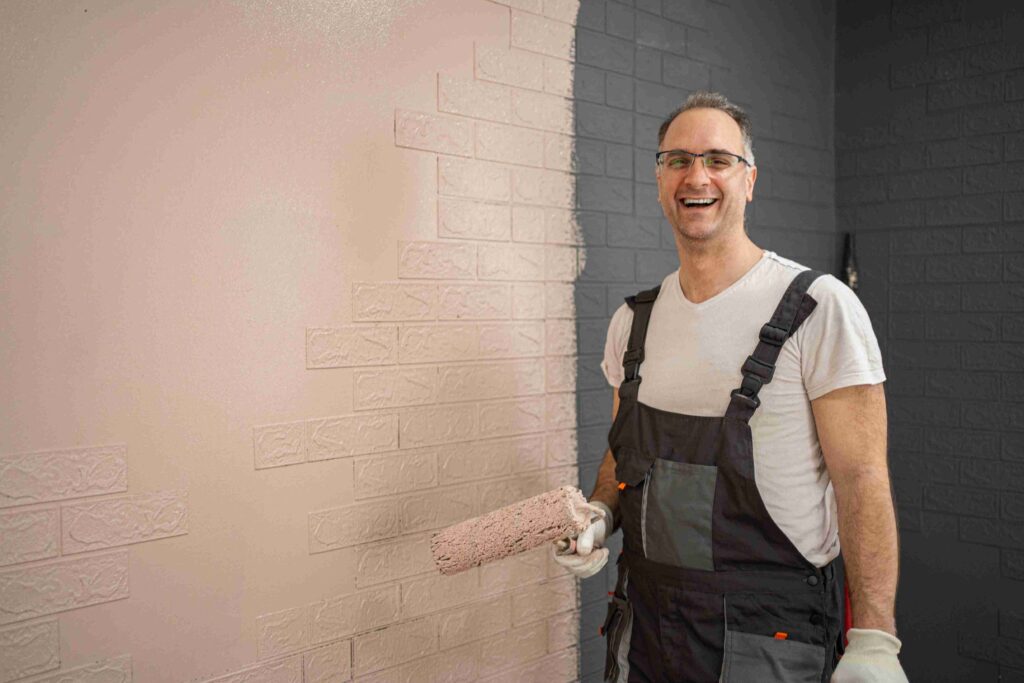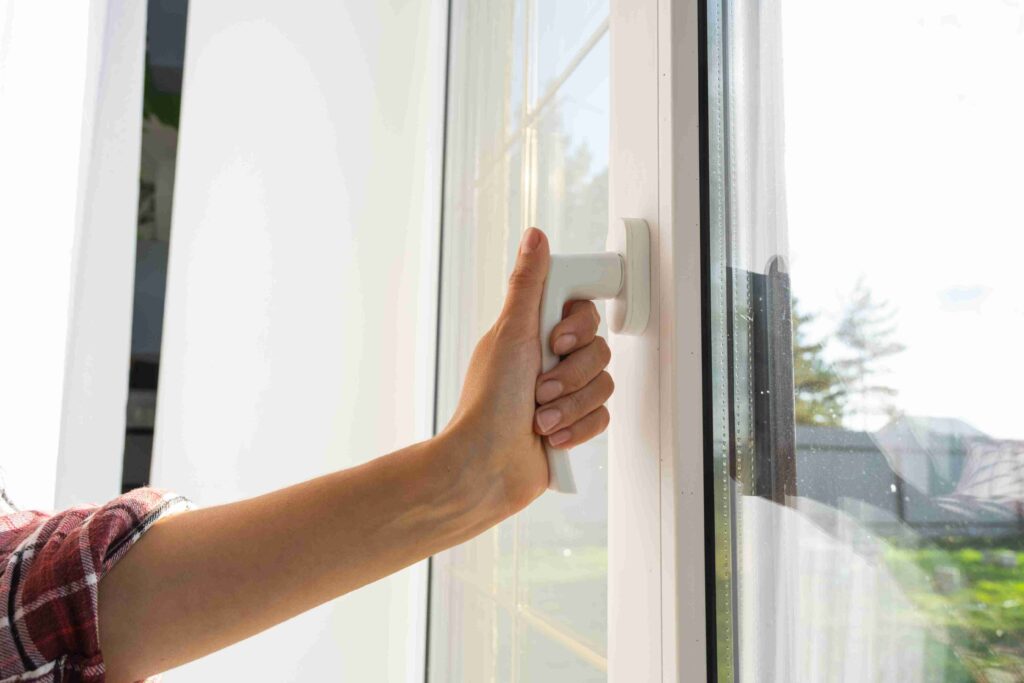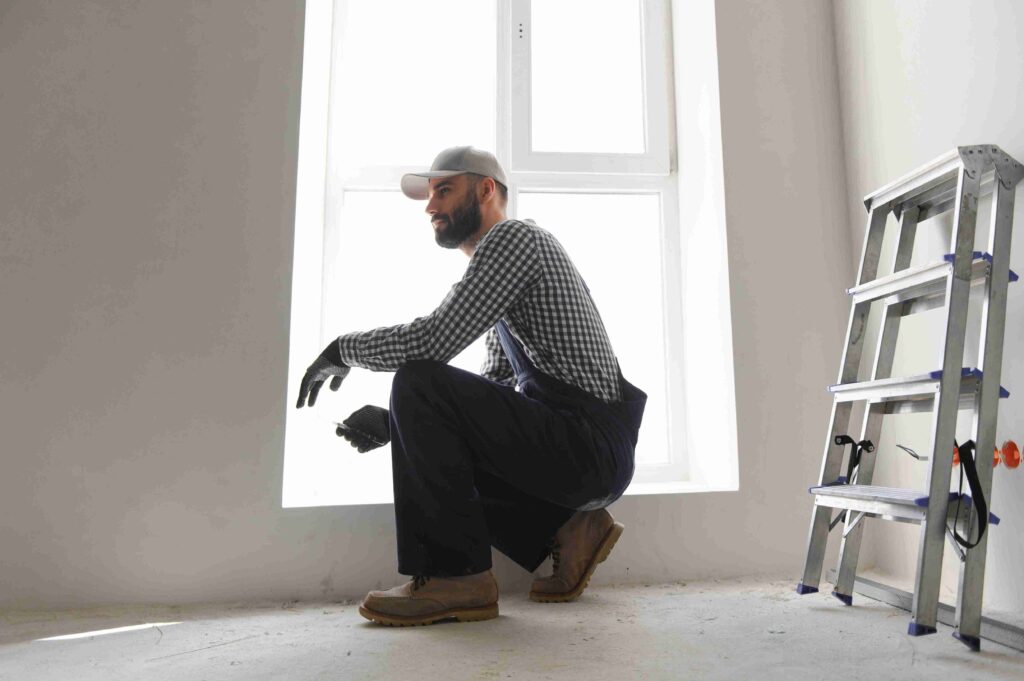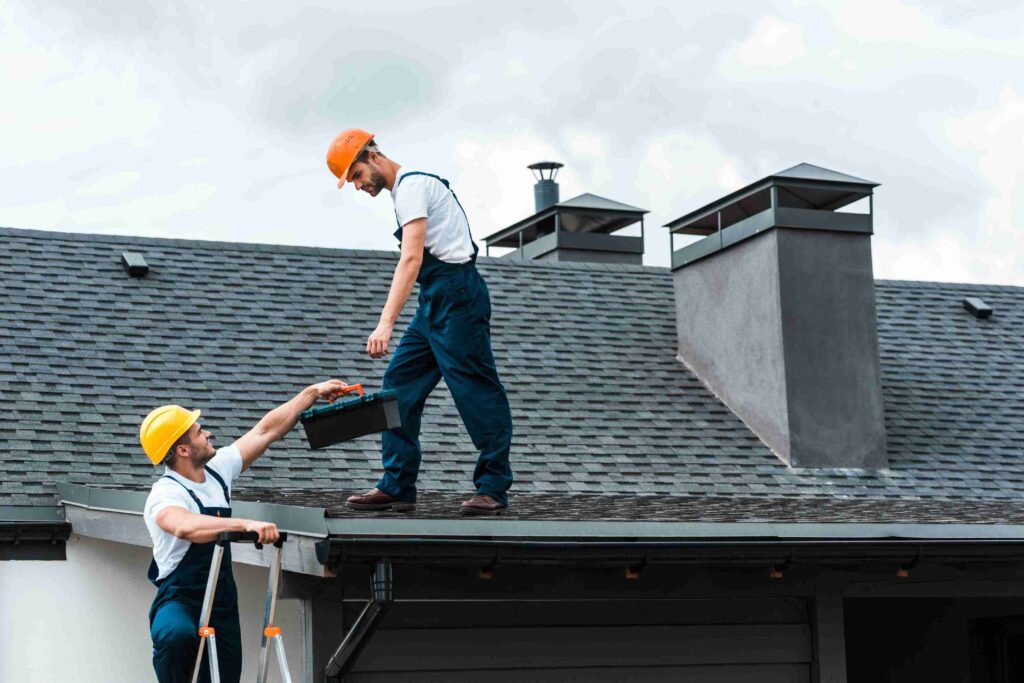Average Price Reduction After Home Inspection (Break Down)
So, you’ve found a house you love. The offer’s accepted. You’re already picturing where the couch will go.
Then the home inspection report lands in your inbox, and suddenly, things don’t look quite so perfect. Maybe the roof needs attention. Maybe there’s a mystery leak in the basement.
This is the part of the process where numbers start shifting, and for a lot of buyers and sellers, it’s where the real deal happens.
Price reductions after inspections are completely normal. In fact, they’re one of the most common parts of a real estate transaction.
In this post, we’ll break down the average price reduction after home inspections.
Why Do Inspections Lead To Price Reductions?
A home inspection pulls back the curtain.
It finds all things that could cost real money down the line.
Buyers rely on inspections to make sure they know exactly what they’re getting into. Sellers often think their house is in “pretty good shape,” but inspectors have a way of spotting things that most people never notice.
Once that report comes in, buyers usually do one of three things:
- Accept the house as-is
- Walk away
- Renegotiate
Most land on renegotiation. If the home has significant issues, it’s only natural for buyers to ask for a price reduction or some kind of credit to cover those future costs.

Also Read: Can I Do My Own Home Inspection?
The Average Price Reduction After Home Inspection
The average price reduction after a home inspection lands between $2,000 and $12,000, but it really depends on the condition of the home, the market, and how buyers and sellers negotiate.
Here’s a quick breakdown of the prices:
- Minor issues (cosmetic fixes, small repairs): $1000 – $2,000.
- Moderate issues (roof repairs, HVAC, plumbing, outdated electrical): $2,000 – $7,500
- Major issues (foundation cracks, mold, structural problems, major system replacements): $12,000+
In some major cases, the buyers might ask the seller to fix the problems before closing instead.
Common Issues That Trigger Price Adjustments
Certain problems show up again and again in inspection reports. They’re the usual suspects that push buyers to renegotiate. Here are a few of the most common:
- Roofs near the end of their life expectancy
- Old or inefficient HVAC systems
- Leaking pipes or outdated plumbing
- Electrical systems that don’t meet modern codes
- Water damage, mold, or foundation cracks
The more expensive the repair, the more likely the buyer will ask for a price adjustment.
Sometimes it’s not about the cost alone, it’s also about the hassle factor. If a buyer imagines tearing apart a kitchen to fix plumbing, they might push harder for a credit.
Also Read: 10 Things That Fail A Home Inspection
Factors That Influence The Final Number
Not every home inspection leads to the same kind of price drop.
A lot of little factors can shape the final number:
#1 Age And Condition Of The Home
An older house will almost always come with a longer list of “issues.”
Some might be expected, like worn shingles or dated wiring. Others might be surprises. Buyers usually understand that a home built decades ago won’t be flawless, but bigger repairs can still lead to negotiations.
Newer homes might not have as many problems, so price adjustments are often smaller.
#2 Size And Cost Of Needed Repairs
The bigger and more expensive the fix, the more leverage buyers have to ask for a price reduction.
Buyers often bring in contractors to get repair estimates before making their requests. These estimates give their negotiation more weight and make it harder for sellers to argue.

It’s not just about the price tag of the repair either. Complexity matters.
A repair that requires tearing up floors or walls might come with extra hassle and hidden costs. Buyers factor that in too.
The easier a fix is to handle, the less it usually impacts the price reduction.
Also Read: Who Verifies Repairs After Home Inspection?
#3 Market Conditions (Buyer’s Vs. Seller’s Market)
Market trends can completely change the tone of these conversations.
In a hot seller’s market, sellers know they have the upper hand. If a buyer pushes too hard after inspections, there’s often another offer waiting.
In that kind of market, buyers might accept smaller credits or skip certain requests just to keep the deal alive.
In a buyer’s market, sellers are more motivated to negotiate because they can’t afford to lose a serious buyer. Buyers can use inspection findings to push for larger credits or price reductions, and sellers are more likely to agree just to keep the sale on track.
#4 How Skilled Each Party’s Agent Is At Negotiating
This part is often overlooked but can make a huge difference.
A good agent can make or break this stage.
Some know how to position repair requests in a way that gets results without making the other side defensive. Others might come in too aggressively or cave too quickly.
Strong negotiation skills can help both parties find a middle ground that keeps everyone happy.
How Buyers And Sellers Usually Handle It
Once the inspection report is out, both sides usually have a short window to figure out next steps. There are a few common ways they handle things:
Some buyers ask for a price reduction, lowering the purchase price to reflect the needed repairs.
Others prefer a seller credit at closing, which gives them funds to handle repairs after they move in. This is often cleaner from a paperwork standpoint and can be appealing to both parties.
Then there’s the seller repair route, where the seller agrees to fix certain items before closing.
Each option has its pros and cons. Price reductions can lower mortgage amounts, which buyers love. Credits let buyers control the quality of repairs. Seller repairs can keep things simple for buyers who don’t want to handle work themselves.
It usually comes down to what makes the deal easiest for both sides.
When A Deal Might Fall Apart
Not every inspection negotiation ends with a handshake.
Sometimes the list of problems is just too overwhelming. Maybe the foundation is cracked in multiple places, or mold has spread behind the walls. Maybe the buyer expected some repairs but not tens of thousands in surprise costs.
If neither side is willing to budge, deals can fall through.
Walking away might sound disappointing, but sometimes it’s the smarter move.
It saves buyers from taking on a financial headache and gives sellers a chance to address the issues for the next offer.
Bottom Line
The average price reduction after a home inspection lands between $2,000 and $12,000. The exact number depends on the home’s condition, the market, and how well everyone negotiates.
Remember, price reductions after inspections are just part of buying and selling a home. It’s not a sign that the deal is falling apart.
Going in prepared makes the process smoother.
For buyers, that means understanding what issues really matter and getting solid repair estimates. For sellers, it means staying flexible and realistic about the home’s condition.





